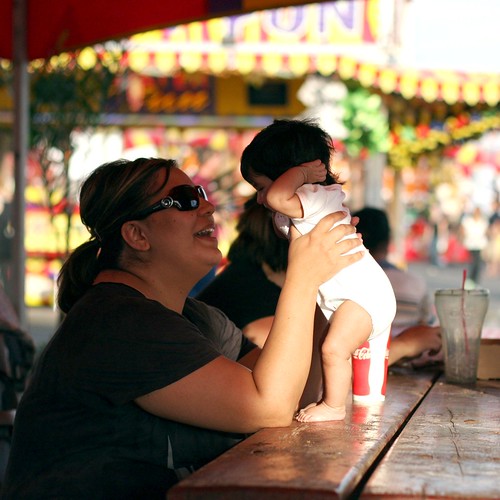If you are new to photography, you are probably excited to pick up this hobby. As professional photographers, we’d like to welcome you. Photography is filled with so much to learn, and many different techniques to try out. It’s easy to feel overwhelmed by the vast number of techniques beginning photographers have to choose from, especially since the guiding principle is “do what you like best.” These tips can provide you with some useful suggestions.
A good tip you can use when shooting photographs is to practice using digital techniques. With the right techniques, you can make your photos look like classic works of art. There are many software programs on the market today that can alter photographs in many different ways. Adobe Photoshop is the premier program, but there are many others. Taking your photos and making them a piece of art, is as easy as clicking a button or two in these programs.
When selecting photographs to place on display or show to an audience, limit your choices to your very best images. Don’t show every picture you’ve ever shot, and don’t show too many photos with the same theme or subject. Seeing the same things repeatedly can become boring. Keep what you show other people fresh and exciting by showing many different types of photos.
Keep your camera handy when you are on a trip. Use it often. Although they may not seem to matter much at the time, they can help you vividly remember your journey when you think back about it. Take pictures of street signs, strange products sold in stores or even small objects, like coins or bus tickets.
Take pictures of your souvenirs when you travel. Take photos of the shop where you made the purchase, or snap the item on its own with an interesting backdrop. Your souvenirs will have more meaning and provide future enjoyment for you if you can create a story about each one.
Try to get as close as you can to your photo subject. You do not want the pictures to come out and not be able to see the subject or have things in the background take attention away from the subject. So, to avoid a subject with a lack of details, make sure everything is clearly visible.
External Flash
Many digital cameras are made with a built-in flash that will pop up automatically when the lighting is dimmer. While convenient for snapshots, a more professional solution is to use an external flash to take advantage of more lighting options. Find out if your camera comes with a “hot shoe” attached to the top that will allow an external flash to be attached. If you are not familiar with cameras, consider going to a professional to ensure you have purchased an external unit that is compatible with your camera.
Use careful consideration when choosing the subject of your photograph. You always need good subjects, it doesn’t matter how talented you are or how good your gear is. Think about it for a bit then carefully choose objects that naturally inspire you. You can also look for someone to model and pose for you.
Just like a military sniper, once you have your picture ready and in focus, you should pause to hold in a breath and steady yourself before taking the shot. Even a very slight movement can cause motion blur and ruin that perfect shot. If you have to, give yourself a few seconds to get in a comfortable spot and stand still.
If you like the old style that is associated with using a camera that uses film then you should pick one up from a secondhand store and see how you like it. Using black and white film (200 speed), can also create that old-time look. After the film is developed, try getting prints on various paper types, like fiber papers.
In life, people are trained to always create things that are almost perfectly even. A well-known artistic technique is to make a picture slightly asymmetric. This lack of perfect symmetry actually attracts the eye’s interest. Turn off the auto-focus, which will make the lens zero in on whatever it is pointing at. Instead, try focusing manually. You can always lock into your subject of choice before you click.
A great way to warm up before photographing a wedding is to take detailed shots of small objects. Of course, there’s also the possibility that you’ll catch a beautiful, spontaneous shot or two.
One strategy to develop a creative eye is to use limitation. For instance, tell yourself that you will only take pictures that revolve around a particular concept. You might try shooting 100 photos from a particular viewpoint or inside the same room. Working under such limitations will spur you to think creatively and take more experimental photos.
Pay attention to natural lighting! You will not want the glare of the sun, so choose outdoor lighting that is lower, either first thing in the morning or after the sun has dropped in the afternoons. When it is too bright, or the sun is high in the sky, it casts unnatural shadows and your subjects will squint into the camera because the light is so strong. Make sunlight work for you by using it light your subject from the side.
Your photographs can all be great while remaining completely unique. This is due to the huge array of available techniques at your disposal. Some people work best with one technique, others with another. That’s fine. With luck, the ideas in this article are a good starting vantage point for your shots.
